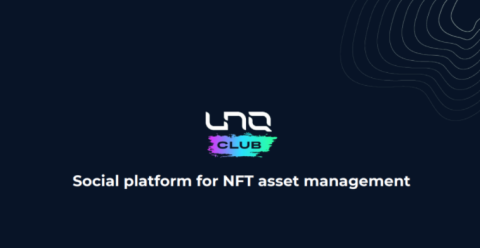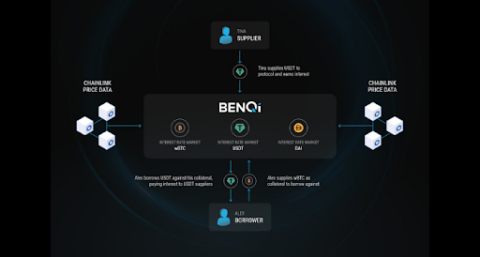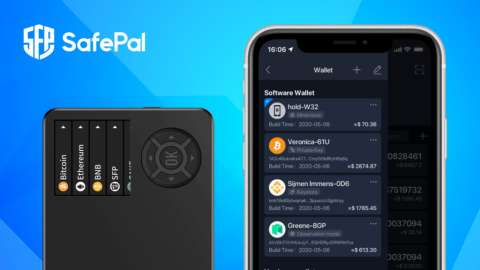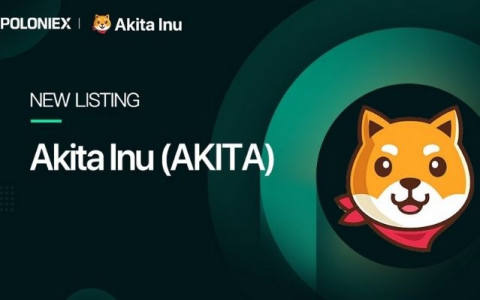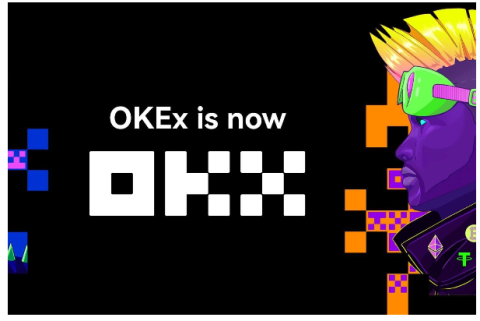What is thena? Discover the outstanding features of Thena and THE . token

Ngoài PancakeSwap, hệ sinh thái BNB Chain còn có một AMM khác có TVL đạt 150 triệu USD chỉ sau hai tháng ra mắt, dự án này được gọi là Thena.

Swim Protocol (or Swim for short) is a multi-chain AMM designed as a bridge for native assets on different blockchains. Currently to use a blockchain native asset on another blockchain, users will need wrapped assets, Swim allows users to swap directly from the original on one chain to the original on the chains supported by the protocol.
Wording Explanation : Wrapped assets are assets that are tokenized on another blockchain. That is, the wrapped asset will be anchored to the value of the original asset and it will represent that asset on another blockchain.
Example : Wrapped Bitcoin (WBTC), a tokenized version of Bitcoin on Ethereum. The asset will be ERC-20 standard and pegged to Bitcoin at a 1:1 ratio, allowing users to use BTC on the Ethereum network more efficiently.
Swim's solution reduces the barriers users face when making cross-chain transactions, allowing interaction with different blockchain networks.
Swim provides a solution to the problems associated with inefficient cross-chain asset swaps when using wrapped assets, centralized exchanges, or platform-specific native tokens used in some AMMs cross chain. This new solution is much more capital-efficient than existing approaches. At the same time, it opens up many opportunities to improve and develop solutions that approach cross-chain interoperability more effectively.
Currently, the most cost-effective solution when transferring a crypto-asset into the Solana ecosystem is to deposit that asset into an exchange (most commonly FTX) and then withdraw it to Solana. This process is relatively cumbersome, slow, and not fully decentralized. Now, with Swim, users can do this more quickly and seamlessly.
Swim eliminates the need for wrapped assets by allowing users to swap from the original on any chain to the original on another chain. Through ideas established by existing AMM with Wormhole's bridging technology to create a new cross-chain liquidity platform.
Bridging a Multi-Chain World
DeFi has become a multi-chain universe but liquidity is fragmented. The growth of the Solana ecosystem has been limited due to barriers to entry and lack of user-friendly bridges. Leveraging Wormhole's technology and Solana blockchain 's scalability , Swim seamlessly connects disparate networks.
AMM Style Bridge
Swim's novel swap method makes bridging trading easier, similar to swaps in a liquidity pool of stable assets. Users can connect more easily whether using native assets or tokens of blockchain projects, they still enjoy all the benefits of transaction processing speed and decentralization of Wormhole bridge.
Core Building Block
Swim Protocol positions itself as a primitive DeFi in the multi-chain Cross-chain array in general and the Solana ecosystem in particular. The project wants to create a platform that can meet the needs of Solana users to be able to interact with other blockchains, including EVM-compatible blockchains, while Solana is not compatible with other blockchains. EVM.
In addition, the project also wants to create a platform that can provide a fast, seamless experience between other blockchains, without the support of wrapped assets or the CEX exchange.
The Swim Protocol provides users with an environment that makes it easy for them to interact with the liquidity pool on Swim and native assets on many other blockchains. Initially, only stable asset pools (also known as Stablecoins) were created on blockchains such as Ethereum, BNB Chain, and Solana to facilitate users to seamlessly interact and transact between these chains. .
Accordingly, the pools on either of the two blockchains mentioned above will be connected through Wormhole, helping to forward transaction requests between chains. When the Swim smart contract receives a transaction request, a special algorithm determines the slippage based on the size of that transaction. At the same time, it also considers the components present in the liquidity pool to provide the value that users receive after making a transaction.
For those new to the technicalities, Swim allows users to simultaneously connect wallets on multiple chains such as Ethereum, Solana, and BNB Chain. Once a user's wallet is connected, they will be able to swap the original Stablecoins at a fixed swap rate.
This swap will be supported by the technology used in Swim's AMM and the Wormhole bridge's cross-chain communication technology. With those technologies, adding, removing, and swapping assets between chains also becomes more seamless and efficient.
Liquidity pools were originally designed for Ethereum, BNB Chain, and Solana, allowing users to seamlessly swap between these native assets. Take a look at an example below to better visualize how Swim works when a user wants to swap Ethereum network USDT (ERC-20) for Solana network USDC (SLP).
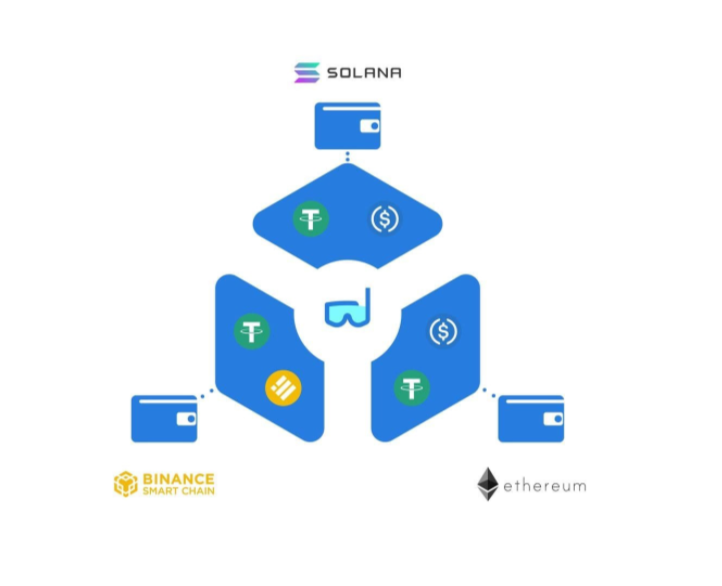
In addition, Swim's LP token has an advantage over the existing LP token in the market thanks to the following characteristics:
Once the Swim protocol grows, its LP token will grow as well. These LP tokens can then be used in more investment models such as collateral for loans, loans, farming for profit and more.
Development team
The project's development team includes traders, engineers and entrepreneurs. They are people who have worked at Alameda Research, FTX, Coinbase Ventures, Cosmos… Some core members of Swim Protocol:
Some of the software engineers of Swim Protocol are:
Investors
The project raised US$4 million in a seed round led by Pantera Capital with participation from FTX, Alameda Research, Coinbase Ventures, Solana Ventures, Jump Capital, Social Capital, IOSG Ventures, Rok Capital, GBV Capital , Mantis VC, Panony and Bonfida.
Other Swim Protocol angel investors include Brandon Millman from Phantom Wallet, Dean Thomas from Polygon, and Phillip Liu from Avalanche.

1st quarter of 2022
The project will focus on launching with pools for native stablecoins on Ethereum, BNB Chain, and Solana. It also launched an attractive liquidity mining program, allowing early participants to become owners of the protocol.
Second quarter of 2022
Swim Protocol, which complements other networks such as Polygon, Avalanche and many others. During this time period, the Swim protocol will be upgraded to allow cross-chain swaps between unlinked assets, such as swapping ETH on Ethereum to SOL on Solana.

SWIM is the native token of Swim Protocol with some basic information as follows:
Currently, the project has not announced the function of the SWIM token, the TraderH4 team will update immediately after the official announcement from the project.
Currently, the SWIM token is not listed on any exchange. TraderH4 team will update once information is available.
Led by a talented team from Alameda Research, FTX, Cosmos, Coinbase Ventures and Google, Swim Protocol positions itself as a solution that can innovate current bridge models by enabling cross-chain swaps in the form of original assets.
This plays an important role in the DeFi space, making it possible for users in this space to directly interact with more blockchains, without having to use CEX exchanges to transfer the native assets of one blockchain to another. . And the technology of Swim Protocol meets that need of users in the DeFi space.
In the near future, Swim Protocol plans to launch pools for native Stablecoins on Ethereum, BNB Chain, and Solana. At the same time, it will continue to add more blockchains. This allows users to swap any native asset on one blockchain to another easily right on the Swim protocol. Over the next few months, the development team will add networks like Polygon, Terra, and Avalanche.
In addition, the project is constantly looking for opportunities to cooperate with other potential projects to develop its ecosystem, such as projects in the Lending & Borrowing segment to increase the use cases for these projects. Swim's LP token.
The project has also just been launched, so it is still too early to give an answer to the question "should I invest in the project?". Currently, users can freely experience the application of Swim Protocol, thereby can judge for themselves whether to invest in the project or not. If investors are interested in the project, they can follow some official information channels at:
Website | Twitter | Telegram | Discord
Swim Protocol offers users a fast, seamless and decentralized swapping experience between the most popular blockchains in the cryptocurrency market. The goal is to create a network that supports native asset pools on many different blockchains, in order to facilitate users to be able to seamlessly swap native assets in one blockchain to another, without need the support of wrapped assets or CEX exchange. With the above information, hopefully readers can take it as a basis to evaluate and make investment decisions for themselves.
Ngoài PancakeSwap, hệ sinh thái BNB Chain còn có một AMM khác có TVL đạt 150 triệu USD chỉ sau hai tháng ra mắt, dự án này được gọi là Thena.
Blockade Games provides a platform that allows developers to create blockchain games. In addition, Blockade Games also creates many interesting free games.
UNQ Club is a project that provides a blockchain platform that allows investors to collect and manage existing NFT assets.
BENQI is one of the important pieces of the Avalanche ecosystem. Join TraderH4 to find out what BENQI (QI) is as well as detailed information about the QI token.
In addition to a cryptocurrency storage wallet, SafePal is also known to many investors for its SFP tokens and airdrop events with attractive rewards.
The fever from Akita Inu in the Crypto market in the past time has created a great buzz along with the rapid development of the "dog house token".
What is IoTeX? This is a blockchain built and developed in conjunction with the Internet of Things (IoT). Join TraderH4 to learn this article.
What is OKB? OKB is an exchange coin of OKX and the OKX Chain blockchain. Let's learn about OKX and OKB exchanges with TraderH4 in this article.
DROPP GG brings an innovative and novel idea to provide an NFT mint platform based on geographies outside of the real world.
CronaSwap is a DEX built on Cronos Chain, which has a similar model to Uniswap.

